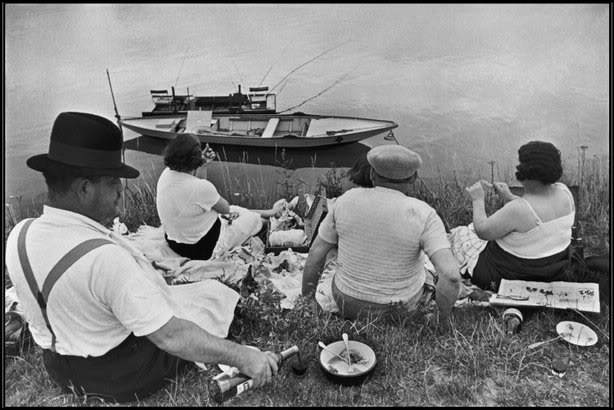
I first discovered Henri Cartier-Bresson’s photography back in university when his work was used as examples. Despite analysing his photographs, we never really got the chance to learn about the man himself. When I heard the Queensland Art Gallery was holding an exhibition of his work, I told myself I had to go and see it. Luckily I managed to get down to the art gallery on the last day ^^;.
Cartier-Bresson was born into a well-off family and at a young age was exposed to photography when he was given a Box Brownie. He attended art school at 19 and was mentored by Cubist artist André Lhote. From Lhote he learned about the combining of reality and classic forms, which you can see in his photography.
While Cartier-Bresson originally dabbled in surrealism, when he saw Martin Munkacsi’s 3 Boys at Lake Tanganyika, his perspective on the possibilities of photography was changed forever and made him take his camera to the street. He was a photographer for 35 years of his life before he slowly began to shift towards painting in 1966. During this time he travelled across the world and took photos during many important historical events such as covering Gandhi’s funeral and the takeover by the Maoist regime in China. He was also a founder of Magnum photos, one of the first cooperatives to be run by its members allowing photographers to retain copyright on their photos.
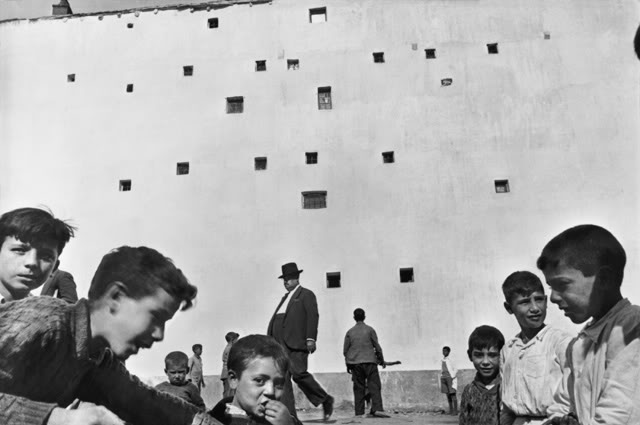
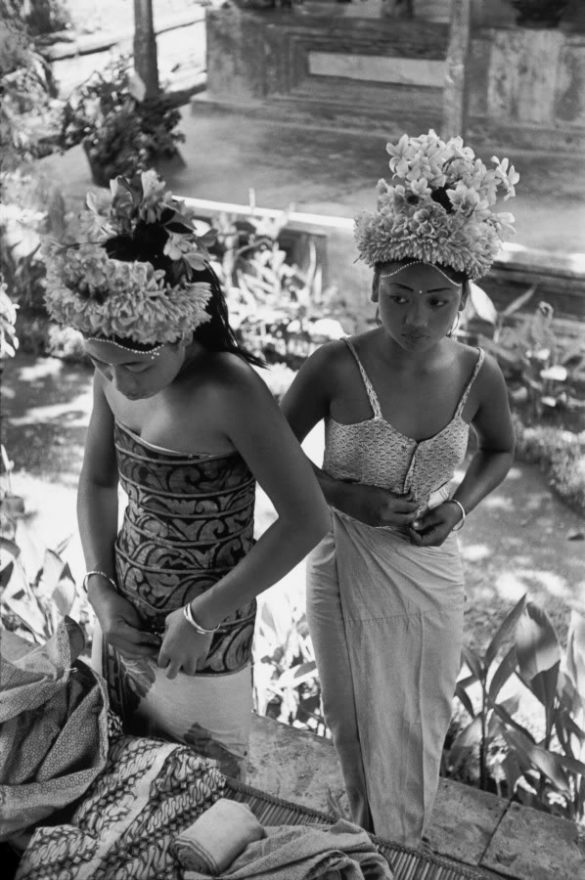

Cartier-Bresson is considered the father of photojournalism and street photography with his astounding ability to capture what is now called ‘the decisive moment’. In his words this is – “…to recognize – simultaneously and within a fraction of a second – both the fact itself and the rigorous organization of visually perceived forms that give it meaning. It is putting one’s head, one’s eye and one’s heart on the same axis.“
He was known to sit and wait in a spot until a composition presented itself with many of his photos using shadows and shapes of the environment to frame or highlight the subjects within their everyday surroundings. He called each one of his photographs ‘sketchbooks’ for he saw the camera as “an instrument of intuition and spontaneity, the master of the instant which, in visual terms, questions and decides simultaneously.”
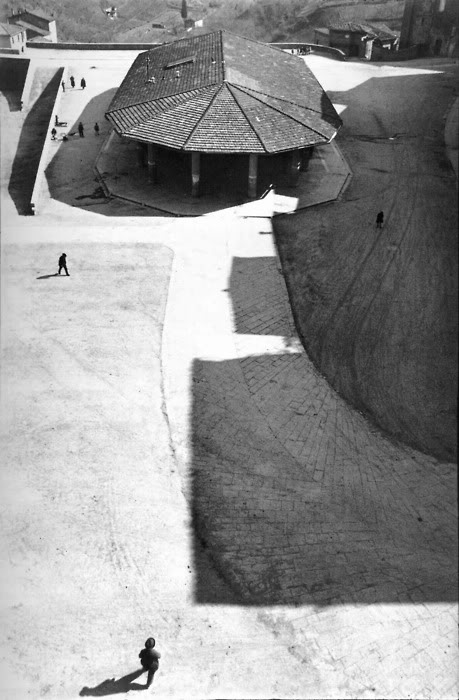
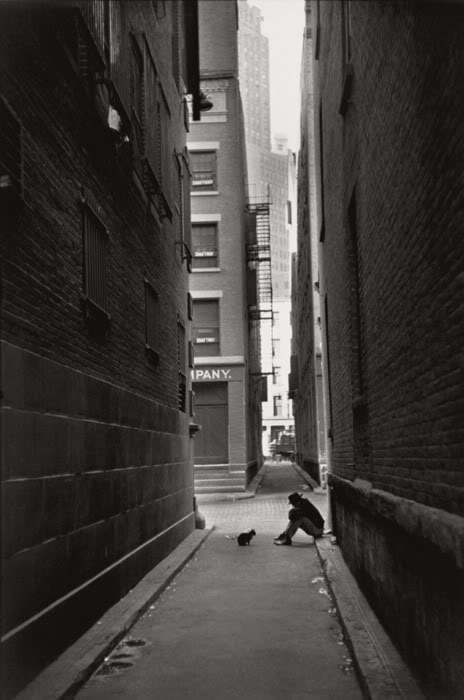
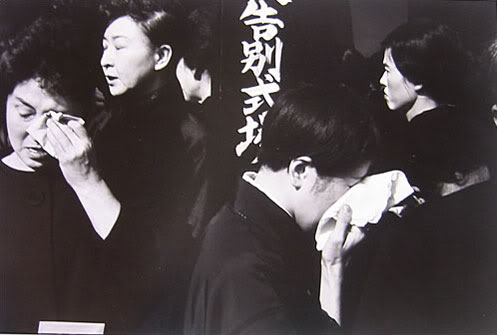
Cartier-Bresson didn’t concern himself with techniques of photography, preferring to just ‘get the shot’ and keep everything as he saw it through the viewfinder. You’ll notice that most of his photos are taken at eye level and some feature blurred subjects. He has stated that he didn’t like to crop images and insisted they be printed a few millimetres wider so a thin black border would outline the photos, sometimes even including the sprocket holes of the film. Ironically, one of the few images he did crop was one of his most famous – Place de l’ Europe, Gara Saint Lazare. He was known to carry a small Leica camera, covering parts of it in black to make it more inconspicuous while using a 50mm lens to capture a similar focus as the human eye. I really admire this approach to photography of capturing things as they are compared to the reliance on Photoshop and editing these days.
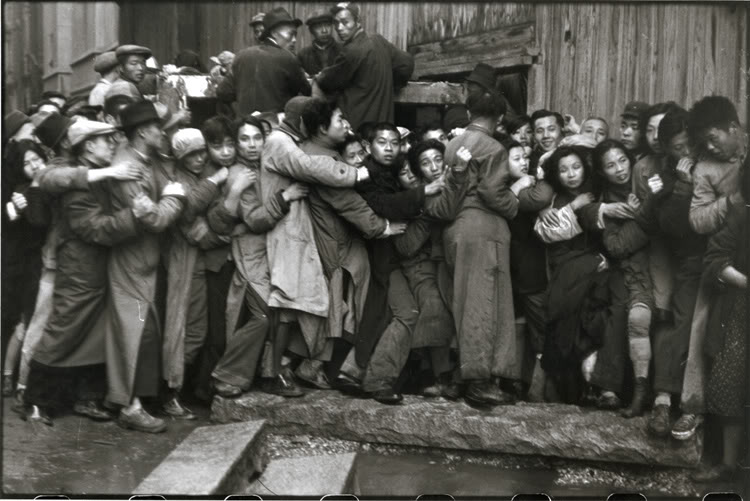
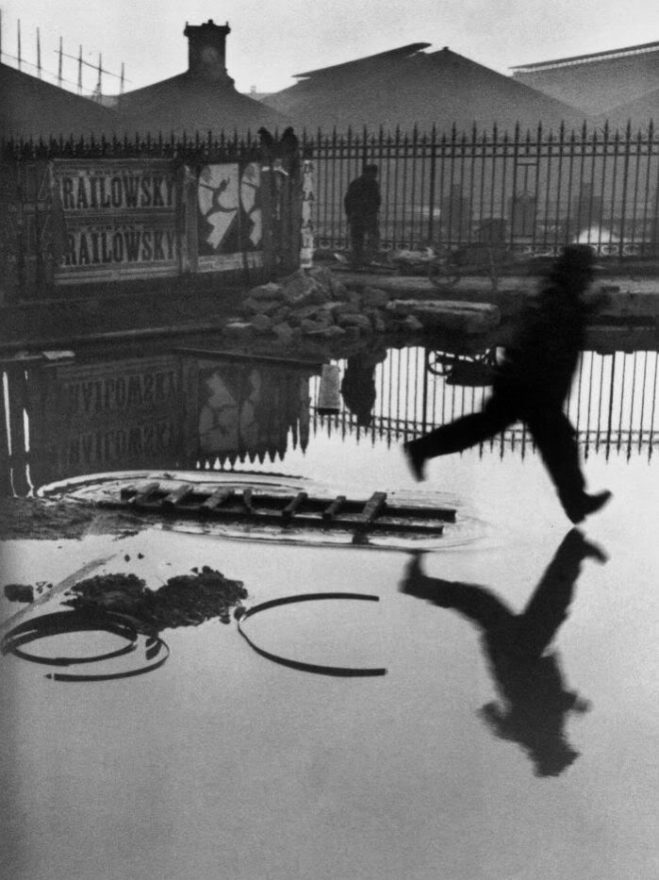

This small collection of his work doesn’t do him justice but I don’t want to spam you with images. Unfortunately, due to attending the exhibition on the last day it’s no longer open at QAG. You can still read more about him and see some of his work on the Magnum Photos website.




Pingback: Research point – Henri Cartier-Bresson – arcphotographyblog